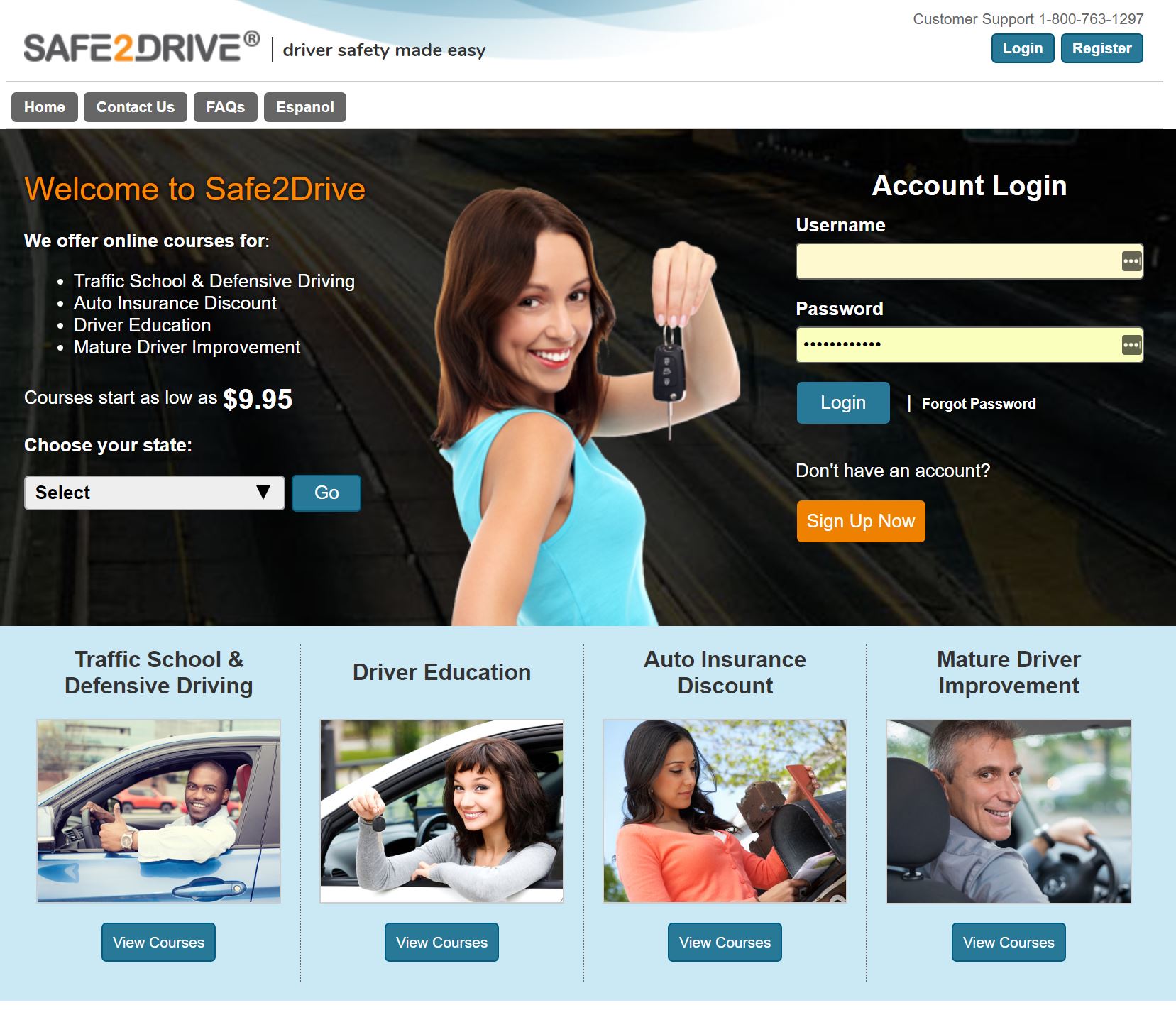
The concept of self-driving cars used to sound like science fiction, but in 2025, autonomous vehicles (AVs) are very real—and evolving fast. As major car manufacturers, tech companies, and startups continue to invest in autonomous technology, the question is no longer if self-driving cars are coming, but when they’ll become a normal part of daily life.
Here’s a breakdown of the current landscape and trends that are shaping the future of autonomous vehicles.
What Are Self-Driving Cars?
Self-driving cars, also called autonomous vehicles, are equipped with advanced sensors, cameras, radar, and artificial intelligence (AI) systems that allow them to navigate and operate without direct human control. While there are different levels of automation (from Level 0 to Level 5), most cars on the market today still require a human driver’s supervision—even if they can steer, accelerate, and brake on their own in certain conditions.
The 5 Levels of Autonomous Driving
To better understand where we are and what’s ahead, here’s a quick overview of the five levels of vehicle automation:
-
Level 1: Basic driver assistance (e.g., lane keeping, adaptive cruise control).
-
Level 2: Partial automation (e.g., Tesla Autopilot with human supervision).
-
Level 3: Conditional automation—car can drive itself under certain conditions but may ask the driver to take over.
-
Level 4: High automation—car can handle all driving in specific areas or conditions.
-
Level 5: Full automation—no human driver needed at all.
Most of the industry is currently operating between Levels 2 and 3.
Current State of Self-Driving Technology
Some of the biggest players in the space include:
-
Tesla (Autopilot & Full Self-Driving Beta)
-
Waymo (a Google subsidiary running driverless taxi pilots)
-
Cruise (owned by GM, also running driverless vehicles in select cities)
-
Aurora, Zoox, and Motional (working on autonomous freight and robotaxi systems)
Although these technologies are progressing, they still face regulatory hurdles, safety concerns, and unpredictable road conditions.
Key Trends to Watch
1. Robotaxis on the Rise
Companies like Waymo and Cruise have already launched limited robotaxi services in cities like San Francisco and Phoenix. Expect to see these services expand—especially in urban areas with well-mapped roads.
2. Autonomous Freight and Delivery
Trucking and last-mile delivery are two areas where autonomous vehicles are expected to make an early impact. Companies like Aurora and Gatik are testing driverless delivery trucks and vans, aiming to improve efficiency and reduce costs.
3. Legislation and Regulation
More states are adopting rules to allow testing and limited operation of self-driving vehicles. California, Texas, Arizona, and Florida are leading the way, but the need for national standards is growing.
4. Public Perception and Trust
Many drivers remain skeptical of full automation, especially after high-profile crashes involving semi-autonomous systems. Building public trust through safety, transparency, and regulation will be key to widespread adoption.
5. Insurance and Licensing Changes
The rise of AVs will likely lead to changes in how we insure and license vehicles. Will we need a driver’s license for a car that drives itself? DMV agencies across the country are beginning to explore these questions.
So, Are Self-Driving Cars the Future?
Yes, but it won’t happen overnight. The shift to fully autonomous transportation is happening gradually, with specific industries (like trucking and ride-hailing) leading the charge. Most of us will likely see more self-driving features before we give up the steering wheel completely.
As the technology continues to evolve, expect DMVs and driving laws to evolve too. Whether you’re a new driver or just curious about the road ahead, staying informed is the best way to prepare for the future of driving.


Recent Comments